Please use this identifier to cite or link to this item:
http://hdl.handle.net/10267/26774
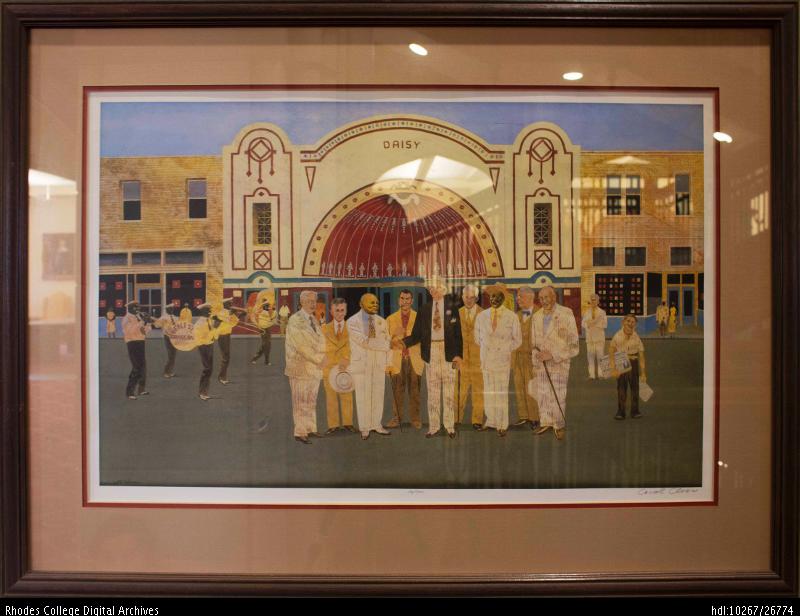
Full metadata record
| DC Field | Value | Language |
|---|---|---|
| dc.contributor.author | Cloar, Carroll | - |
| dc.coverage.spatial | Rhodes College, Paul Barrett Jr. Library, First Floor | en_US |
| dc.date.accessioned | 2015-08-11T15:06:40Z | - |
| dc.date.available | 2015-08-11T15:06:40Z | - |
| dc.date.issued | 1985 | - |
| dc.identifier.uri | http://hdl.handle.net/10267/26774 | - |
| dc.description | Artwork photographed and inventoried by the 2015 Summer Art Inventory team in the Visual Resources Center. | en_US |
| dc.description.abstract | This is a print by Carroll Cloar of men in front of the Daisy in Memphis with a group of band players marching behind them. Below the print to the left corner reads “Carroll Cloar” and again in the bottom left under the print. The center under the paining in graphite reads “20/300”. The print is matted in white, red, and tan with a dark brown wooden frame and glass. There is an info card beside the painting with history of the artist and acquisition. This limited edition signed print of Cloar’s original 1964 painting depicts an imaginary scene: a meeting of key members of Memphis society, with William Christopher Handy (left) and Edward Hull Crump (right) shaking hands in the center. Handy, the “Father of the Blues,” and Crump, a former mayor, represent the cultural and political aspects of the city unifying in front of the Old Daisy Theater on Beale Street. Although this handshake serves as a symbol of integration between the figures, the scene is only a fictional part of Cloar’s vision of the South in the 1940s, which in reality would have faced rampant racial discrimination before the advent of the civil rights movement. As a member of Rhodes College’s Class of 1934, Cloar also included college President Dr. Charles E. Diehl on the far left side of the group, who was responsible for bringing the College to its current Memphis location. Diehl’s presence in this meeting suggests that the artist envisioned Rhodes as an essential institution in the city and establishes its place in the fabric of Memphis history. Additional examples of Cloar’s work can be found above the water fountains to the left and elsewhere in Barret Library. | en_US |
| dc.format.extent | 27.25" high, 36.75” wide, 1” deep | en_US |
| dc.format.medium | Print on paper | en_US |
| dc.language.iso | en_US | en_US |
| dc.publisher | Memphis, Tenn. : Art Department, Rhodes College | en_US |
| dc.rights | Rhodes College owns the rights to the archival digital images in this repository. Images are made available for educational use only and may not be used for any non-educational or commercial purpose. Approved educational uses include private research and scholarship, teaching, and student projects. For additional information please contact archives@rhodes.edu. Fees may apply. | en_US |
| dc.subject | Images | en_US |
| dc.subject | Art and Art History, Department of | en_US |
| dc.title | Historic Encounter Between E.H. Crump and W.C. Handy on Beale Street | en_US |
| dc.type | Image | en_US |
| dc.identifier.rhodes | 2015x-134 | - |
| Appears in Collections: | Rhodes College Collection of Art | |
Files in This Item:
| File | Description | Size | Format | |
|---|---|---|---|---|
| 2015X-134_front.jpg | This image was shot by the 2015 Summer Art Inventory team | 612.56 kB | JPEG |  View/Open |
| 2015X-134_detail_1.jpg | This image was shot by the 2015 Summer Art Inventory team | 645.38 kB | JPEG | 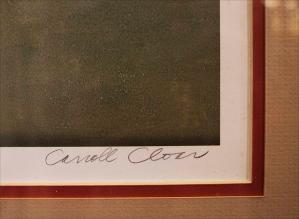 View/Open |
| 2015X-134_detail_2.jpg | This image was shot by the 2015 Summer Art Inventory team | 453.62 kB | JPEG | 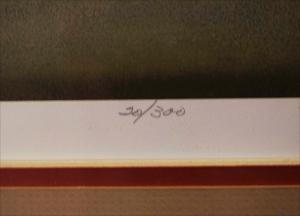 View/Open |
| 2015X-134_detail_3.jpg | This image was shot by the 2015 Summer Art Inventory team | 646.93 kB | JPEG | 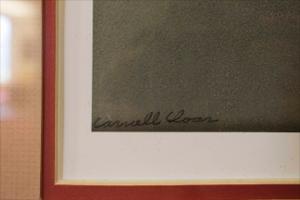 View/Open |
| 2015X-134_detail_4.jpg | This image was shot by the 2015 Summer Art Inventory team | 517.72 kB | JPEG | 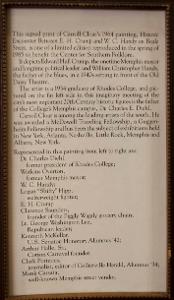 View/Open |
Items in DSpace are protected by copyright, with all rights reserved, unless otherwise indicated.